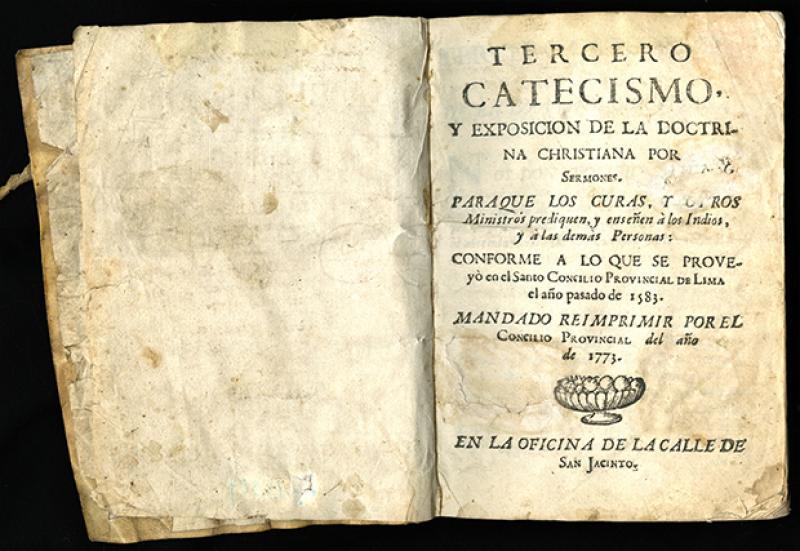
“For a variety of reasons, primary historical and literary sources often can be difficult for students and the general public to engage with in productive ways. The material might be presented in a language they do not know, written or printed in a style that they are unable to decipher, or concerned with a topic that is completely esoteric or foreign. However, this does not mean that we cannot use historical texts—whatever shape they might take—to uncover information about the individuals and cultures that produced and consumed them. Each “text,” whether it be manuscript, printed book, textile, pottery, painting, or any number of other examples of communicative media, can reveal much about its author(s), producers, and users through its physical characteristics, such as size, shape, and format, as well as through the materials used to create it, such as the paper, parchment, or other supports that might be used to carry the “text”; the inks and pigments used to record and embellish textual and illustrated content; and other materials added to the object to help package and preserve it and facilitate its use. By paying attention to these “extra-textual” elements—these “texts underneath the text”—readers can use primary sources as a means to learn and understand more about the complex material, cultural, artistic, and intellectual contexts underlying historical texts of all types.”
Eric J. Johnson, Curator, OSU Rare Books & Manuscripts Library
